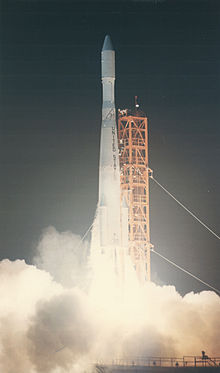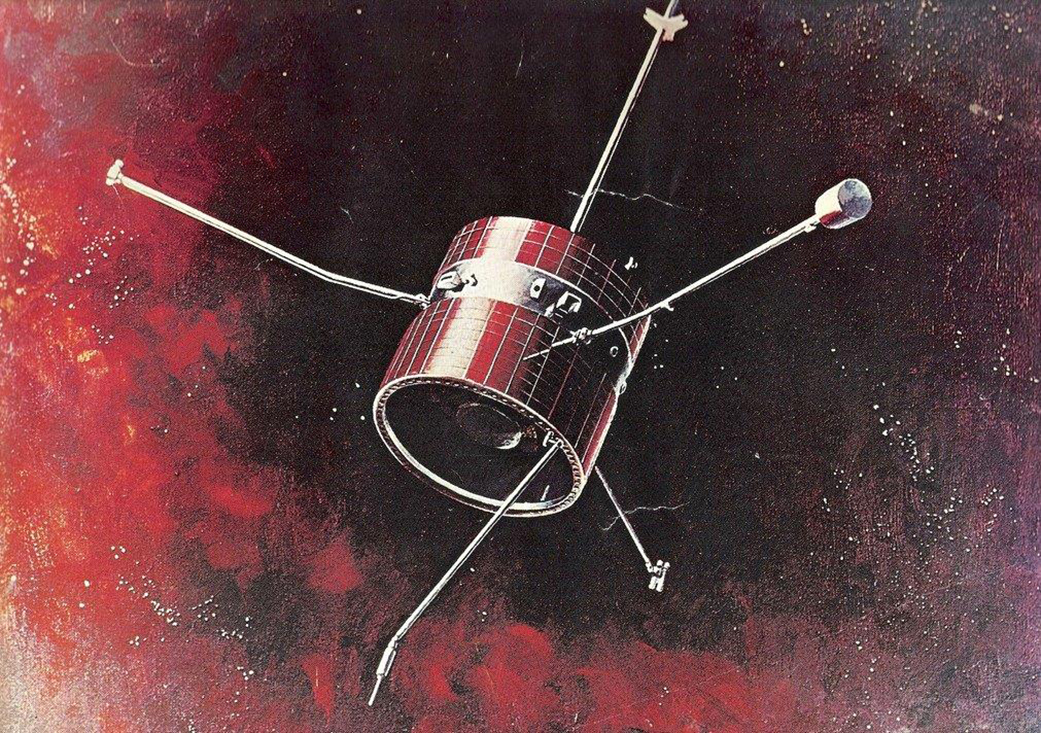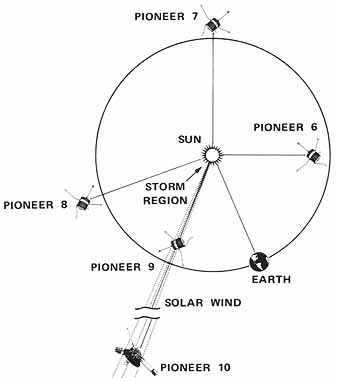In 1967, while NASA’s main focus was on landing humans on the Moon before the end of the decade, the Agency was also interested in studying interplanetary space. Ames Research Center (ARC) in Mountain View, California, managed the often overlooked but highly successful Pioneer program of solar orbiters. Between 1965 and 1968, four Pioneer space probes entered solar orbit to make comprehensive measurements of interplanetary magnetic fields and the flow and structure of the solar wind. The spacecraft also acted as the world’s first space-based solar weather network providing data on solar storms that can impact communications and power systems on Earth, and that could potentially affect Apollo astronauts traveling to the Moon and back.
Pioneer 8, the third in the series, launched December 13, 1967, on a Delta E rocket from Cape Canaveral, Florida, and entered a solar orbit with a mean radius of 1.1 Astronomical Units (AU) (1 AU is the average distance between the Sun and Earth), or slightly outside Earth’s orbit. Equipped with eight instruments, the 146-kg spin-stabilized and solar powered probe recorded and transmitted data on magnetic fields, plasma, cosmic rays and cosmic dust in interplanetary space. Findings from these instruments were correlated with information gathered by the other Pioneers, in similar solar orbits but spaced at varying intervals from each other, just inside or outside of Earth’s orbit. During the Apollo lunar missions, the fleet of Pioneers provided hourly updates on the Sun’s activity. Shared with flight controllers in Houston, their data provided early warnings of otherwise unexpected blasts of intense showers of solar protons that could have endangered the lives of astronauts.
Planned for six-months of operations, all the Pioneers far exceeded their design lives. Thanks to this longevity, joint observations were carried out of a large solar flare in August 1972 with another spacecraft, Pioneer 10, then at a distance of 2.2 AU on its way to Jupiter. At last contact with Pioneer 8 in June 2001, one of its instruments was still returning useful data. The hardy little space probe helped characterize the interplanetary space environment and contributed an extra margin of safety for Apollo astronauts during their lunar missions.
More on the Pioneer missions




























